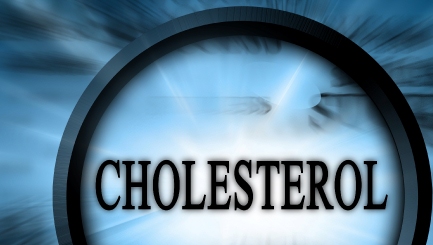
Saturated fat is known to raise blood cholesterol levels over time which can cause heart disease. This type of fat can be found in a number of foods, including meat products such as pies or sausages, butter, cheese, ice cream and biscuits. On the other hand, unsaturated fat can be found healthier foods such as avocados, nuts, oily fish such as mackerel, tuna and salmon, and olive oil. In contrast to saturated fat, this form can actually help to lower cholesterol levels and provide the body with essential fatty acids.
As part of today’s health conscious society, the majority of companies now list the quantities of fats in each product so that you can easily see which are the best options for a healthy diet. Foods which contain more than 5g of saturated fat per 100g should be avoided, though foods with 1.5g or less are fine in moderation. The ‘traffic light’ symbol clearly shows you which foods to avoid, and these state quantities of other ingredients such as salt as well – red lights are high in specific nutrients so should be consumed only on occasion. Amber is fine in moderation, being neither high nor low in fat, and green is a healthy product that is low in fat, salt and sugar.
Low fat foods may look like the healthier option, but don’t be fooled by their ‘healthy’ disguise. Any food product with less than 30 percent fat than the standard equivalent can be labelled as low fat, so if the original product is already extremely high in fat, a low fat version may still be packed with unhealthy nutrients. Instead of choosing a low fat ready meal or snack, opt for fruit, vegetables and natural foods.
